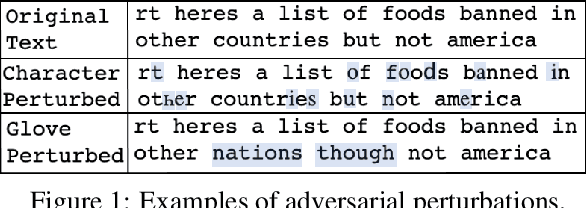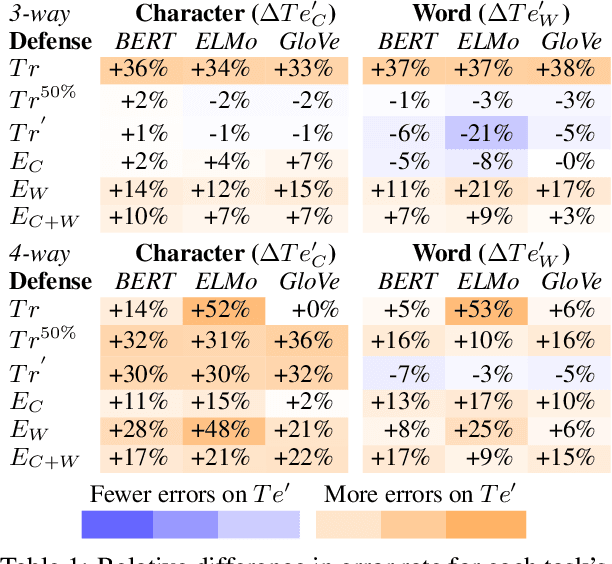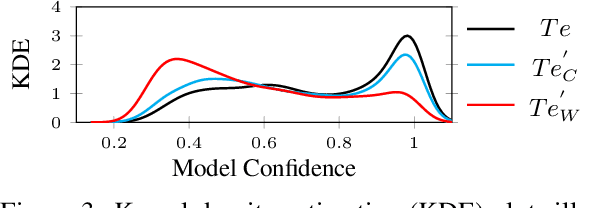Evaluating Deception Detection Model Robustness To Linguistic Variation
Paper and Code
Apr 23, 2021



With the increasing use of machine-learning driven algorithmic judgements, it is critical to develop models that are robust to evolving or manipulated inputs. We propose an extensive analysis of model robustness against linguistic variation in the setting of deceptive news detection, an important task in the context of misinformation spread online. We consider two prediction tasks and compare three state-of-the-art embeddings to highlight consistent trends in model performance, high confidence misclassifications, and high impact failures. By measuring the effectiveness of adversarial defense strategies and evaluating model susceptibility to adversarial attacks using character- and word-perturbed text, we find that character or mixed ensemble models are the most effective defenses and that character perturbation-based attack tactics are more successful.
 Add to Chrome
Add to Chrome Add to Firefox
Add to Firefox Add to Edge
Add to Edge